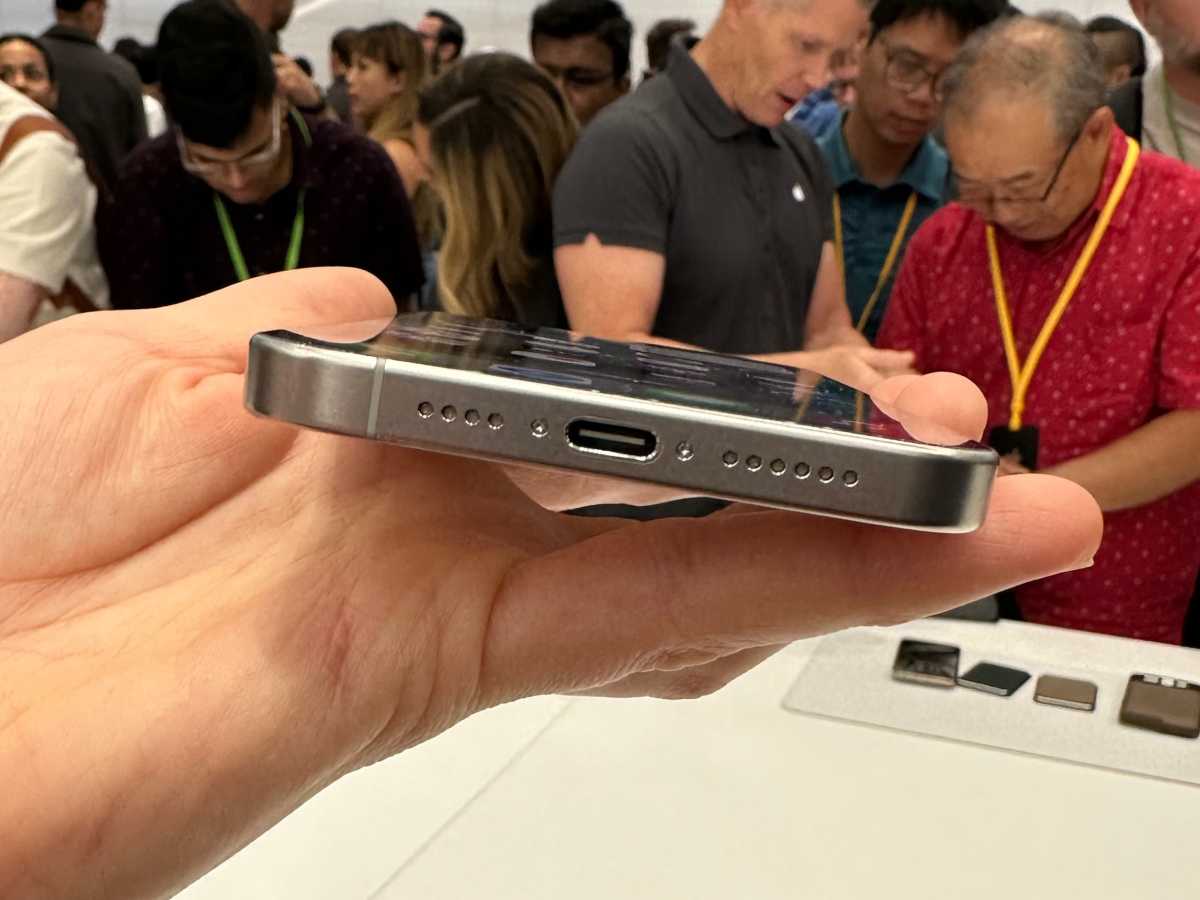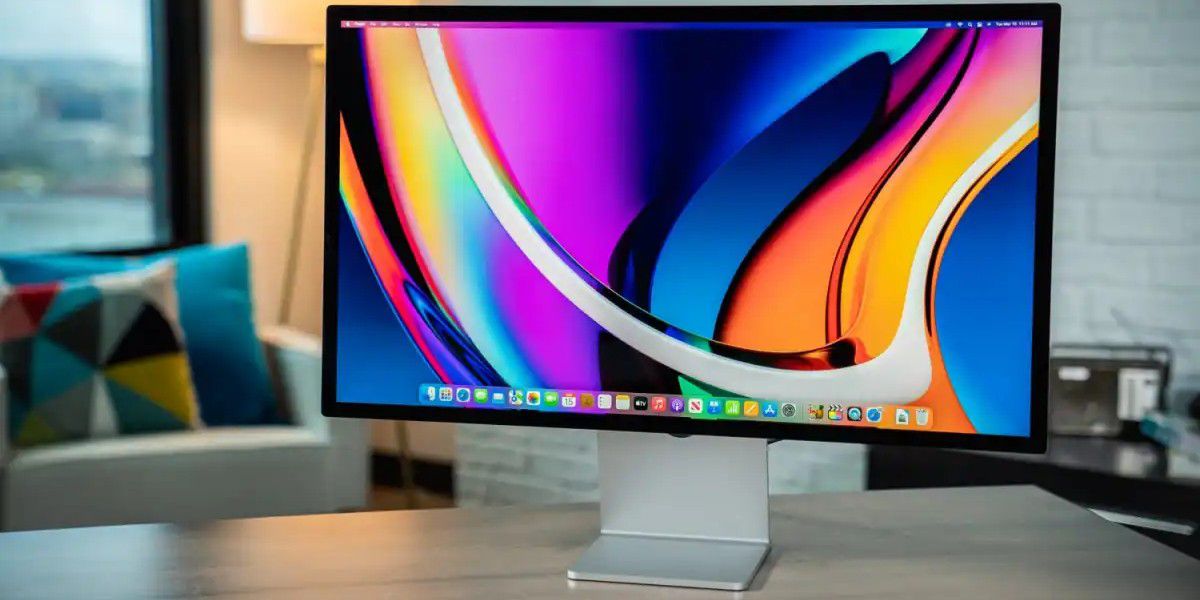All the capabilities of the iPhone 15’s USB-C port (and the necessary requirements)
Macworld
If you have recently purchased one of Apple’s 2023 smartphones (and followed our guide of the top 7 tasks to complete with it), you may be curious about the newly added port at the bottom. The Lightning port, first introduced with the iPhone 5 in 2012, has now been replaced with the universal USB-C standard, making it compatible with a larger variety of cables, chargers, and other accessories.
What are the functions of the new USB-C port? How fast can it charge and transfer data? Is it compatible with other devices and does it work better with Apple-certified accessories? This article discusses the features and restrictions of USB-C in the 15-series iPhones.
Charging
The primary purpose for your iPhone’s USB-C port is likely to be wired charging, which is quicker and utilizes power more efficiently compared to wireless charging. MagSafe is limited to 15W, while using a USB-C cable can potentially reach 20W or higher (depending on your iPhone model and any limitations).
In order to charge your new iPhone quickly, you will need a USB-C cable and a compatible power adapter. Please note that the 15-series iPhones do not come with a power adapter and you will need to provide one that is rated at 20W or higher. According to Apple, using a power adapter with a rating of 20W or higher can charge the iPhone 15 and 15 Pro up to 50% capacity in just 30 minutes, and the iPhone 15 Plus and 15 Pro Max in 35 minutes.
According to Macworld’s testing, using the included cable and a 67W power adapter for a MacBook, it appears that Apple may be downplaying the charging speed limit. Our iPhone 15 Plus reached 64% charge in 35 minutes, which is faster than expected. It took 92 minutes for the phone to reach a full charge from empty.

The USB-C cable on the iPhone 15 has expanded capabilities compared to the previous Lightning models.
Petter Ahrnstedt
Reverse charging
The latest addition to the iPhone line is the ability for 15-series handsets to charge other devices. By connecting your iPhone 15 to an Apple Watch, AirPods case, or other compatible product, power can be transferred in the opposite direction. Just be sure that your iPhone has enough charge to handle the transfer.
There is no need to purchase additional cables for this function. The charging pucks for current and recent Apple Watch models have USB-C on one end, allowing for easy charging of AirPods with either a USB-C to USB-C or USB-C to Lightning cable, depending on the case you have.
Reverse charging takes longer than regular charging, according to technical analysis. According to Apple, a device that supports USB Power Delivery up to 4.5W is needed for this process. However, even a small amount of charge transferred can have a significant impact when using such devices. In our tests, we observed that just 15 minutes of reverse charging increased an Apple Watch Series 8 battery from 53% to 68%, while the connected iPhone 15 Plus only decreased from 100% to 97%. This means you gain about 1% of battery life per minute, while the iPhone only loses a small percentage.
Link to iPad, Mac, or personal computer.
Using a cable can speed up data transfer, just like charging. While AirDrop may be more convenient, it is advised to plug in your iPhone when transferring a large number of photos and videos to your Mac. Many newer Macs and all current iPads have a USB-C port, making it possible to connect your iPhone with the USB-C cable that comes with it. However, this may vary with PCs.
The transfer rates may differ based on whether you have upgraded to a Pro version. The iPhone 15 and 15 Plus are compatible with the USB 2 standard, which has a maximum potential speed of 480Mbps. In contrast, the 15 Pro and 15 Pro Max support USB 3 and can achieve speeds up to 10Gbps with a USB 3-compatible cable. However, the cable provided by Apple only reaches speeds of 480Mbps.
In addition, your iPhone will also be able to charge while connected to one of these larger devices.
Access an external storage device.
Similar to transferring data to an iPad or Mac, the iPhone 15 is able to link with external storage devices. Specifically, if you possess a 128GB iPhone 15 Pro, you will need to save your 4K ProRes videos directly onto an external drive due to their large file size. However, higher storage capacity options do not have this restriction and can record ProRes videos directly onto the device itself.
Link to monitors and televisions
Using the USB-C standard, connecting your iPhone to a TV, monitor, or other display to view photos and videos on a bigger screen is now more convenient. However, this process may not be as simple as just plugging in a cable.
For a USB-C display, you can easily connect your iPhone using a regular USB-C cable. According to Apple, the 15-series iPhones can utilize DisplayPort to enable 4K and 60Hz on compatible displays. To fully take advantage of high resolutions, it’s recommended to use a cable that supports USB 3.1 or higher. Some USB-C displays may also have the capability to charge your iPhone, but this differs depending on the specific model.
If your display or TV uses HDMI, you will require an adapter, such as Apple’s USB-C Digital AV Multiport Adapter (available in the US and UK), or a USB-C to HDMI cable. As long as the cable or adapter supports HDMI 2.0, your iPhone can output video at 4K and 60Hz.
When you connect your iPhone to an external display, it will automatically display the content on its own screen. However, some apps have a “second screen” mode, which is more prevalent on iPads.

The iPhone 15 is able to connect to an Apple Studio Display using a single USB-C cable.
Willis Lai/Foundry
Connect to sound equipment
The iPhone 15 has the ability to link with various USB-C compatible audio devices, including input devices such as microphones and output devices such as speakers or headphones. In certain cases, a USB-C to 3.5mm jack adapter may be required for certain audio accessories.
Establish a connection with other devices.
The use of USB-C has become very common and you might be amazed by the variety of accessories that can now be connected to your iPhone 15 without having to pay extra for a Lightning-compatible or Apple-certified version. These accessories include external battery packs, SD card adapters, ethernet adapters, and even cars (although they must be compatible with CarPlay). Keep in mind that data transfer will be quicker if you use an iPhone 15 Pro or Pro Max with a USB 3.0 cable/adapter/accessory.
It is possible to attach Lightning attachments to your iPhone 15, but you will require a dongle in that scenario. The more things change.


